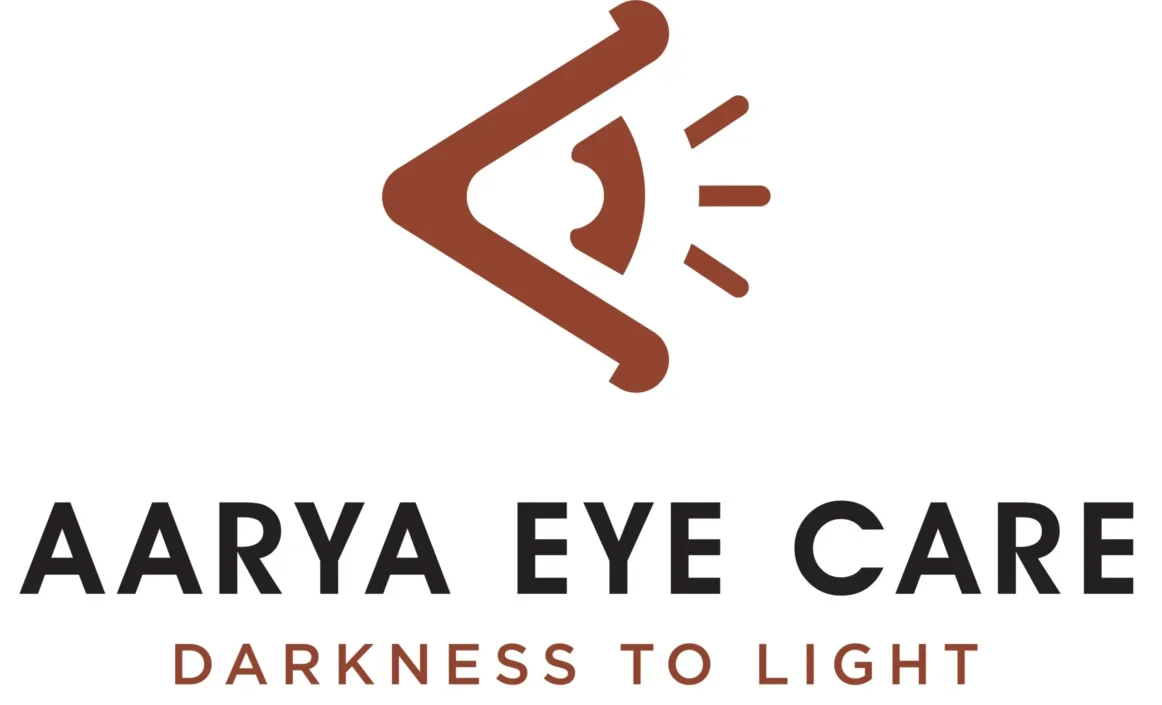High Eye Pressure (Ocular Hypertension): Causes, Symptoms, and How to Reduce It Safely
Ocular hypertension refers to the increase of intraocular pressure (IOP) without visible optic nerve damage or vision loss. Though it may appear harmless, it significantly raises the risk of developing glaucoma.
Let us check the common causes, symptoms, risk factors, and safe ways to manage the high eye pressure, and make you understand the importance of choosing the best eye care hospital in Thrissur for better solutions.
What Is Ocular Hypertension?
Ocular hypertension is when eye pressure is greater than 21 mmHg, which goes above the normal range.
Ocular hypertension is not the same as glaucoma. With ocular hypertension, the optic nerve looks normal and there are no signs of vision loss. However, people with ocular hypertension are at increased risk of glaucoma and are considered ‘glaucoma suspects’
Hence, You should keep checking since a silent change may end up as a serious eye disease if left untreated.
Causes of High Eye Pressure
Several factors can lead to high IOP:
- Increased aqueous humor production: The eye produces too much fluid, increasing internal pressure.
- Decreased drainage: When the drainage system of the eye does not function properly, it leads to a build-up of fluid.
- Eye trauma or previous eye surgery: Structural damage can interfere with fluid balance.
- Long-term use of corticosteroids: Steroids can increase pressure in genetically susceptible individuals.
- Genetic predisposition: If close relatives have had glaucoma or high eye pressure, your chances are higher.
- Other systemic conditions (e.g. diabetes): Conditions like hypertension and diabetes can affect eye health indirectly.
Symptoms of Ocular Hypertension
Most people experience no noticeable symptoms and it is commonly known as a silent condition.
In rare cases, individuals may feel mild eye discomfort, headaches, or notice blurred vision and halos around lights. These signs are subtle and easy to overlook without routine eye exams.
Who Is at Risk?
You are more likely to develop high eye pressure if you are over 40 years old age is considered as a major risk factor. If you have a family history of glaucoma or Belong to African, Asian, or Hispanic ethnic groups. If you have high myopia (severe near-sightedness) or Live with diabetes or high blood pressure or Use corticosteroids regularly for asthma, arthritis, or allergies. Moreover, have a history of eye injury or surgery, which can affect fluid regulation
Diagnosis of Ocular Hypertension
Early detection helps prevent glaucoma. Doctors may use:
- Tonometry: Measures eye pressure quickly and painlessly.
- Pachymetry: Checks corneal thickness, which affects pressure readings.
- Optic nerve assessment: Identifies early changes in the nerve before vision loss occurs.
- Visual field test: Identifies peripheral vision problems.
- Gonioscopy: Examines the drainage angle inside the eye.
A comprehensive regular eye exam at an experienced eye care center in Thrissur ensures accurate diagnosis and personalized monitoring.
Can Ocular Hypertension Lead to Glaucoma?
Yes, untreated ocular hypertension can damage the optic nerve over time. This progression can lead to open-angle glaucoma, the most common form of glaucoma.
Research shows that about 10% of individuals with ocular hypertension develop glaucoma if not monitored or treated. This emphasizes the importance of early detection and regular follow-ups.
How to Reduce High Eye Pressure Safely
We should learn safe and effective methods to lower high eye pressure and protect your vision.
A. Medicated Eye Drops
- Doctors often prescribe drops like:
- Prostaglandins: Help fluid exit the eye more effectively
- Beta-blockers: Reduce fluid production
- Alpha agonists and Carbonic anhydrase inhibitors: Regulate both fluid production and drainage
- Strict adherence to dosage schedules is crucial for maintaining stable IOP.
B. Lifestyle Adjustments
Healthy habits can complement medical treatment:
- Exercise regularly to promote blood circulation and reduce pressure.
- Cut back on caffeine, as it may cause short-term pressure spikes.
- Avoid yoga positions with your head below your heart.
- Drink small amounts of water throughout the day instead of all at once.
- Wear protective eyewear while sports activities or any physical work to avoid injuries.
C. Laser Treatment
Selective Laser Trabeculoplasty (SLT) is a non-invasive laser procedure that improves fluid outflow through the eye’s drainage system. It is typically recommended when medications are not enough or for patients seeking long-term control.
D. Surgery (In Rare Cases)
If medications and SLT do not help, surgical procedures like trabeculectomy or implant insertion may be required. These options are considered only when pressure remains dangerously high.
E. Importance of Follow-Up
High eye pressure requires ongoing monitoring. Follow-ups help your eye doctor adjust treatments and detect early signs of glaucoma.
Avoiding appointments can slow down necessary treatments and increase the chance of vision loss.
Read : Top 10 Foods to Keep Your Eyes Healthy
When to See an Eye Doctor
Identifying the right time to visit an eye doctor is vital for maintaining long-term vision health and preventing serious eye conditions.
Book an eye examination if you feel any of these: You are above 40 or have any glaucoma risk factors, anyone in your family has glaucoma, you are on steroids for medical conditions and you notice any changes in vision or eye discomfort
Following proper eye care helps to maintain long-term eye wellbeing.
Conclusion
Ocular hypertension may not show symptoms, but its risks are real. Early detection and consistent care are the best defenses, which helps to act against glaucoma. If you suspect high eye pressure or fall into a high-risk category, visit the best eye care hospital in Thrissur today.
Contact Aarya Eye Care for expert evaluation and personalized treatment.








